
From Kumanohongu-Taisha, take the bus for Hosshinmonohji and get off at Hosshinmonohji, the terminal station. You can enjoy the pilgrimage trail climax hiking over approximately 7 kilometers from Nakahechi-Hosshinmonouji, the most popular of Kumano Kodo, to Kumano Honmiya Taisha.
After visiting the Kumano Honmiya Taisha, the medieval emperor and nobility went down to the Shingu on the Kumano River and visited the Nachihayatama Taisha. Feel the feeling of becoming a noble in the Middle Ages, and why not try to trace the river sanctuary.
Follow the directions and prepare to go on boarding the river. While listening to Sendo (boatman) ‘s guide, let us remember the ancient times. From around 7 am, you can see Seri (fish auctioj) from the observation deck on the second floor of the fish market. If you book a tour, you can step into the fish market and see Seri up close with a guide.
Note : Katsuura fish market tour tour is necessary reservation. Depending on the amount of landing, there may be no seri.
Take a bus from Kii-Katsuura Station and get off at Daimonzaka Parking Bus Stop, and while the cedar trees grow thick, climb the cobblestone and the road to Kumano Nachi Taisha will continue. The mind seems to be washed away when you walk among the cedar lined trees that have lived for many years, starting with the 850-year-old Meoto-sugi (cedar trees).
As you climb the stairs, souvenirs selling the famous “Nachiguro Candy” line up and arrive at Kumano Nachi Taisha.
There are a statue of Yatagarasu (crow) that became the logo of the Japan Football Association and a big camphor tree about 850 years old in the grounds, and you can go through the inside of the tree with wishes.
Next to Nachi Taisha, visit Seiganji Temple, the first pilgrimage site of Saigoku Sanjusankasho (the 33 temples that are visited during the Kansai Kannon Pilgrimage). After that, you should go to the Hirojinja Shrine to see the Nachi waterfall with a height of 133 meters. If you look up at the waterfall while taking a splash of waterfall, you will be overwhelmed by the power of nature.
Slightly unusual paths of pilgrimage
Although there is a way of various pilgrimages in all areas of Japan, but slightly unusual paths of pilgrimage like “start point and goal point, both of those are sacred places” is the “Kumano Kodo Iseji Route.” It is a way of approximately 170 kilometers in total length to link two sacred places called Kumano Sanzan (three major shrines, Kumano-Hongu-Taisha, Kumano-Hayatama-Taisha and Kumano-Nachi-Taisha) to Ise Grand Shrine.
It is a course of the common people for the pilgrim who finished worship to Ise Grand Shrine to aim at Kumano.
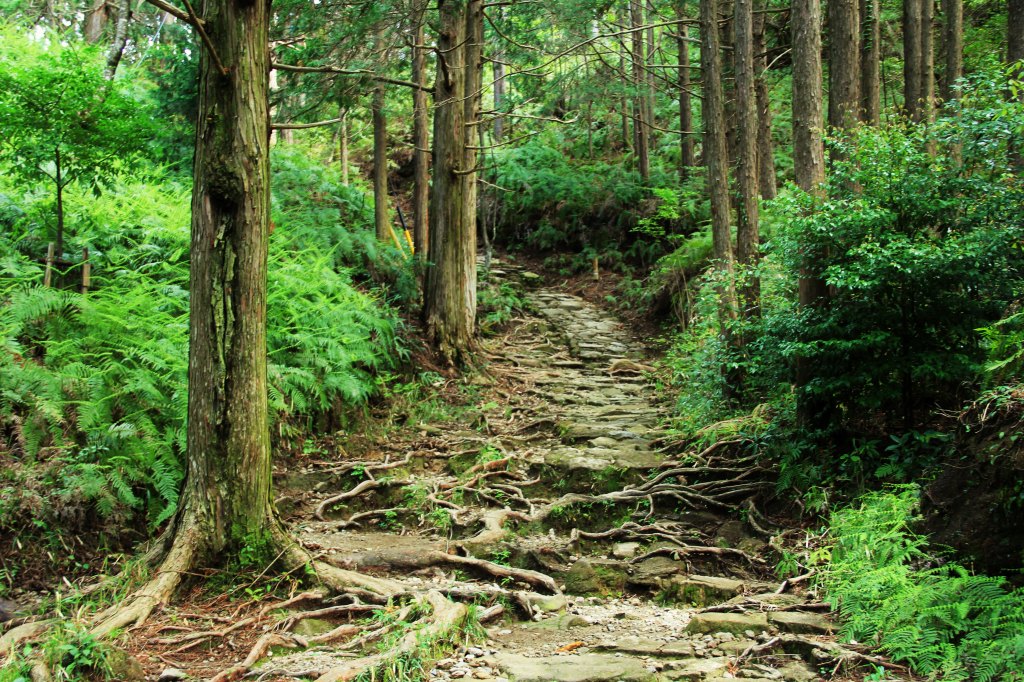
Most extravagant pilgrimage way in Japan
There are globally few pilgrimage way that both start and goal in the paths are the sacred place. Generally, the style which a pilgrimage way has one holy place in the destination, or turns around many small holy places in order is almost the case. it may be able to be called most extravagant pilgrimage way in Japan which start from Ise Grand Shrine to Kumano Sanzan of the goal.
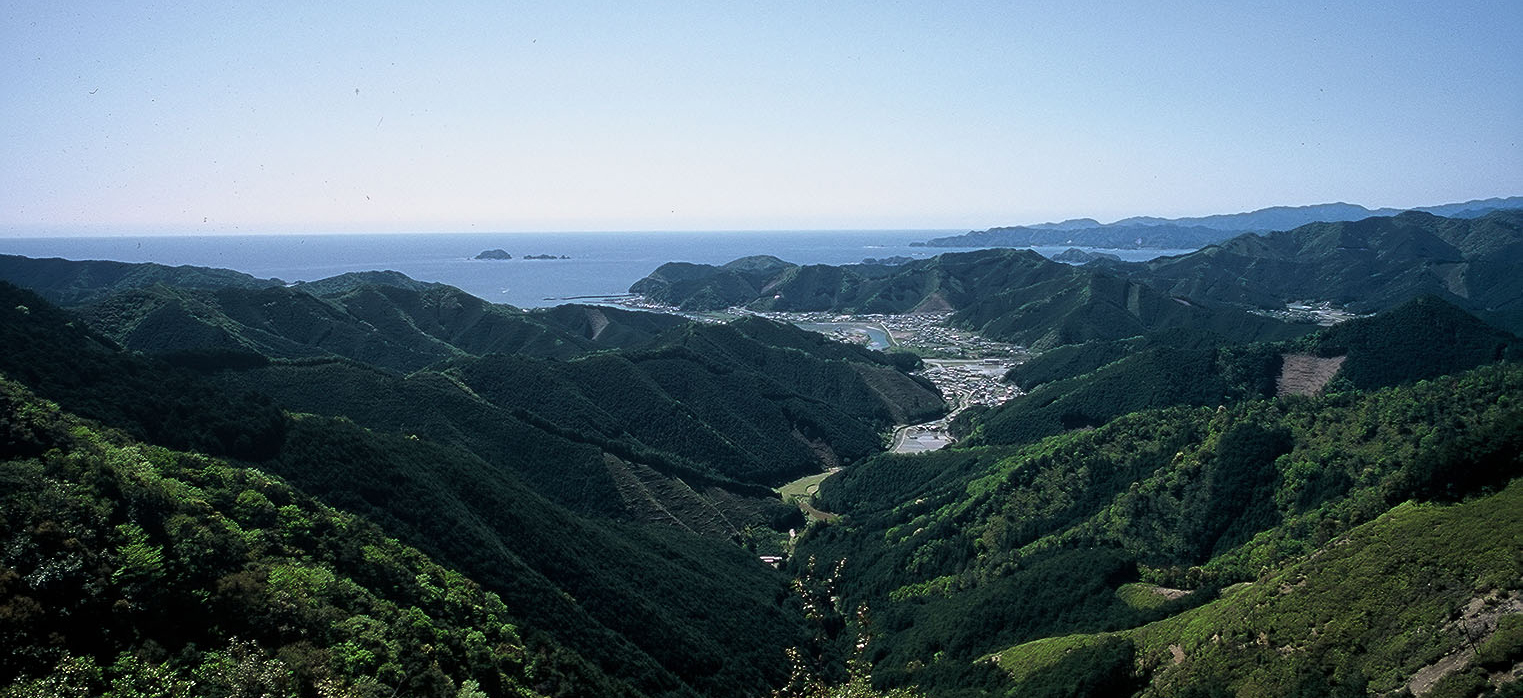
Rare example of roads registered as a word heritage site
In 2004, Kumano Kodo Iseji Route was registered as a world heritage site (cultural heritage) of UNESCO, as “Sacred Sites and Pilgrimage Routes in the Kii Mountain Range.” It is a rare example of roads which have been registered as a word heritage site, along with “Santiago de Compostela” (Spain).
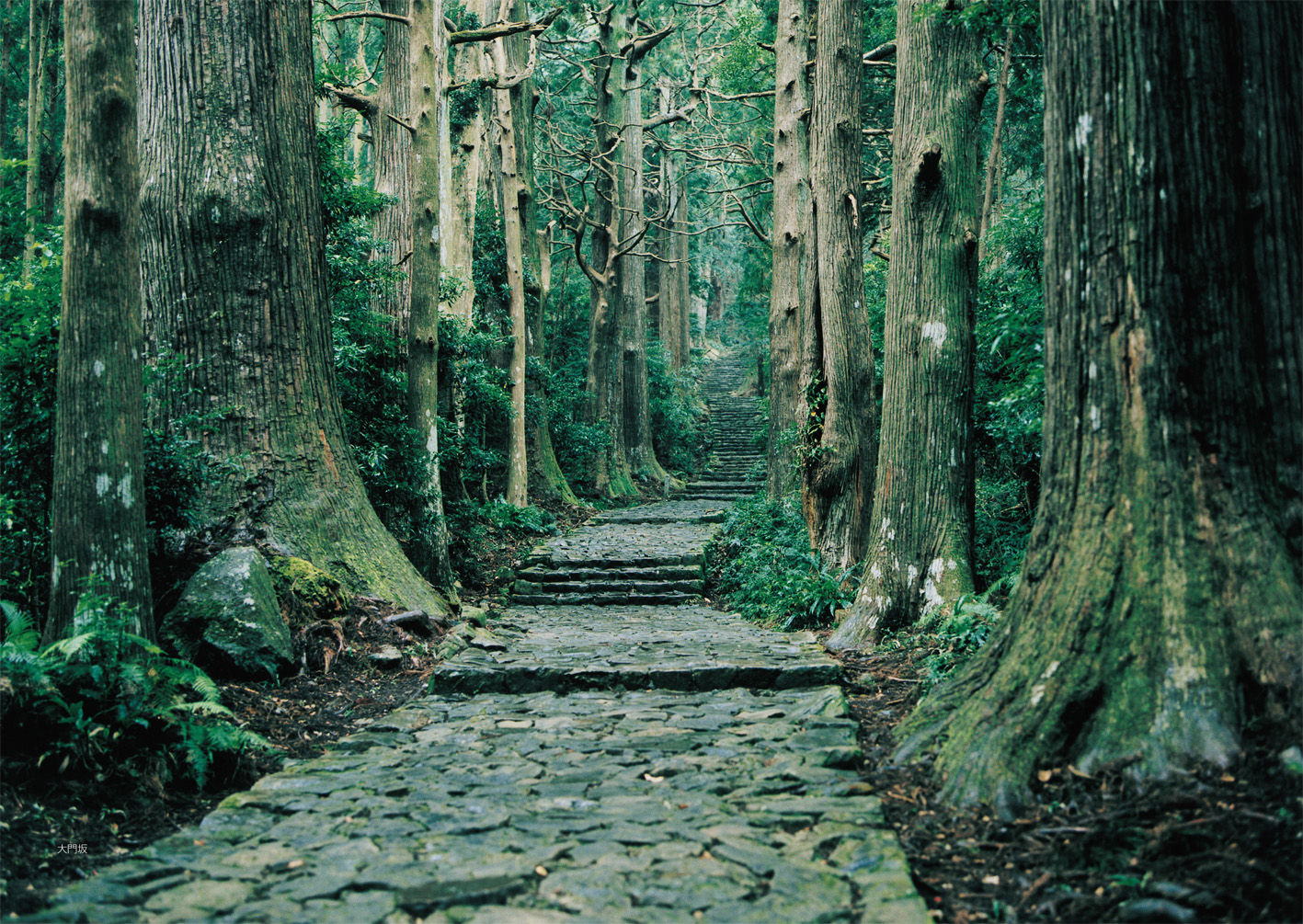
It make Japanese people feel nostalgia
The stone pavement and the wood of the Japan cedar which surround them, or the hinoki will make a good picture. Moreover, the scene of the sea which is visible from a peak, and the traditional house in Japan which stands in a line in a colony make Japanese people feel nostalgia. Of course, a life of people glimpse from there, and the interaction with people on a journey are also attractive.
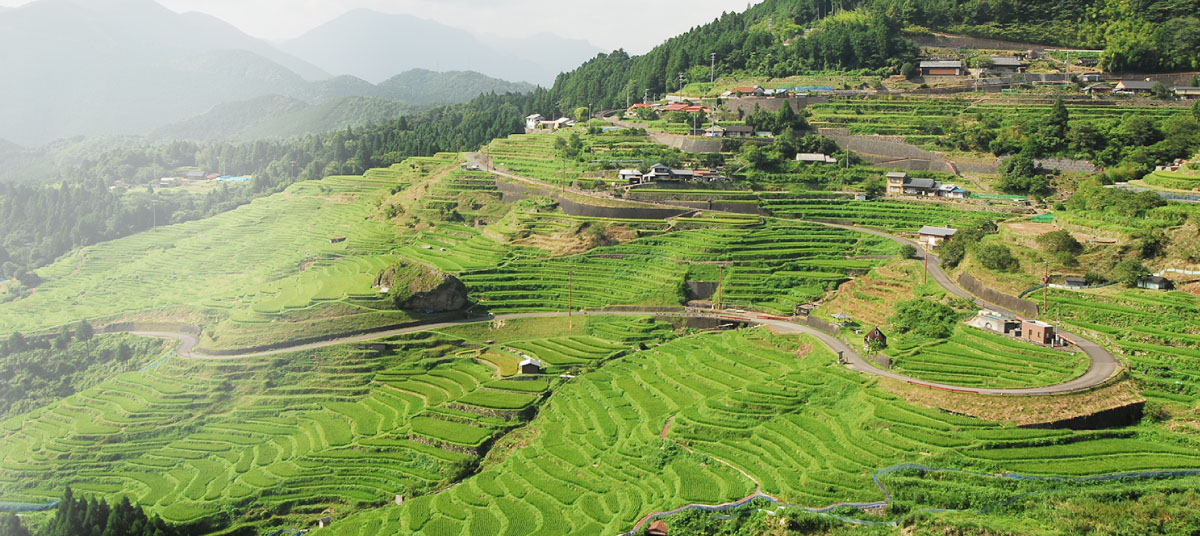
Impression beyond the imagination
While this way was a way of the pilgrimage, it was also a way of the life that indispensable to the residents who live there. Kumano Kodo Iseji Route where a living and faith are close together leaning on each other.
The way of a prayer in which people have traveled from ancient times for approximately 1,000 years. At the point which kept walking, an impression beyond the imagination will be surely waiting.
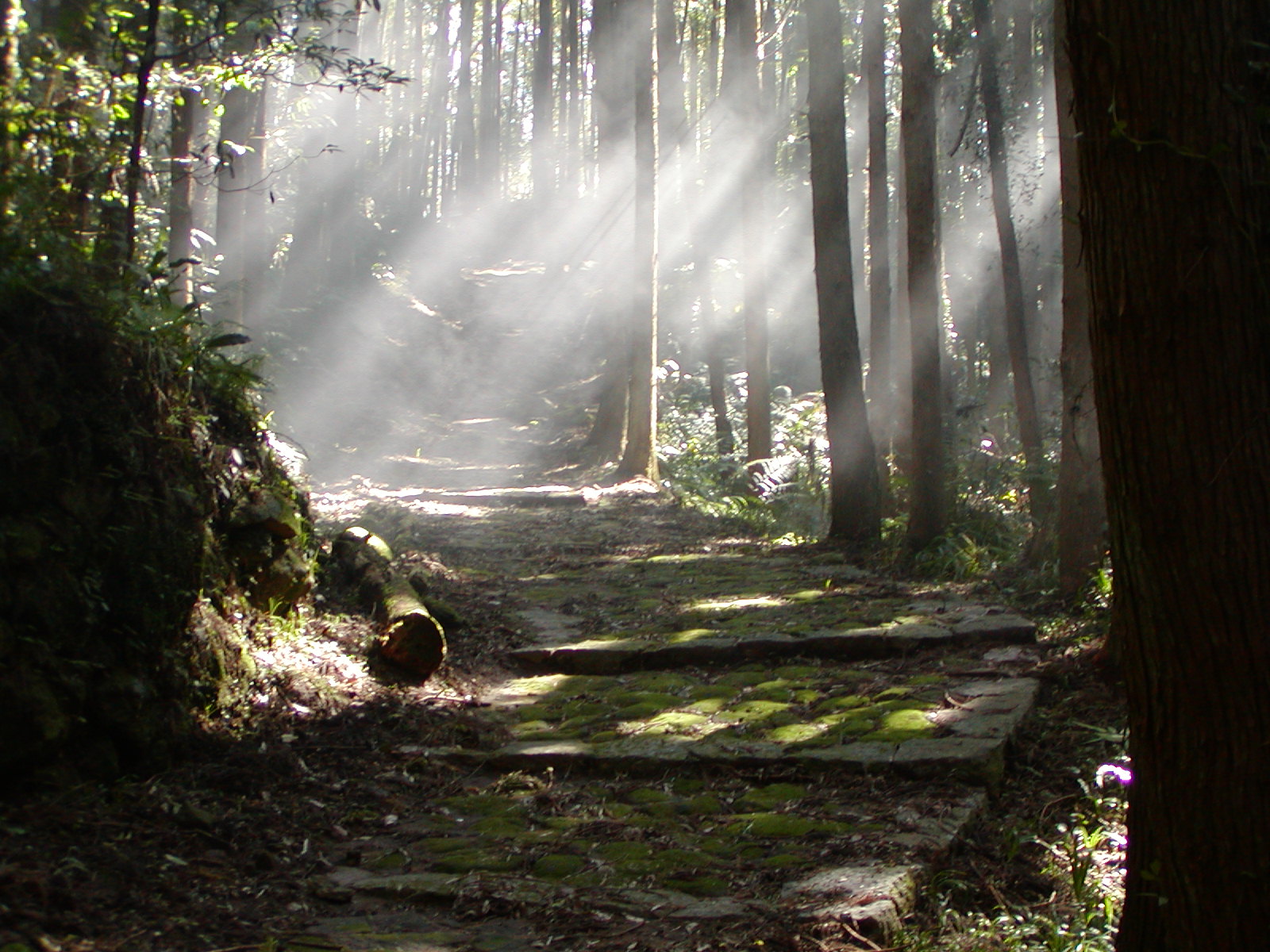
Information(Access, Price/Charge, Tel, Address, Official site, etc.)
| Name: | Kumano Kodo Iseji Route |
| Address: | [Magose-toge Mountain Pass] Magosecho Owase, Mie 519-3619 Japan |
| Access: | [Magose-toge Mountain Pass] JR Kisei-honsen Line “Owase-eki” station (30 minutes by car) |
| Tel: | (+81)59-224-2193 (Mie Prefectural Government Promotion Department of the East Kishu) |
| Official site: | http://www.kodo.pref.mie.lg.jp/ |
Leave a Reply